Claudia Poh Believes Adaptive Fashion Can Be Desirable for All
From hands-free dressing systems to wheelchair-accessible clothing, fashion designer Claudia Poh is on a mission to make life better for people with limited mobility. Through her brand Werable, she intends to empower, enable, and enhance life – and at the same time, make adaptive clothing as desirable as any other branch of fashion.
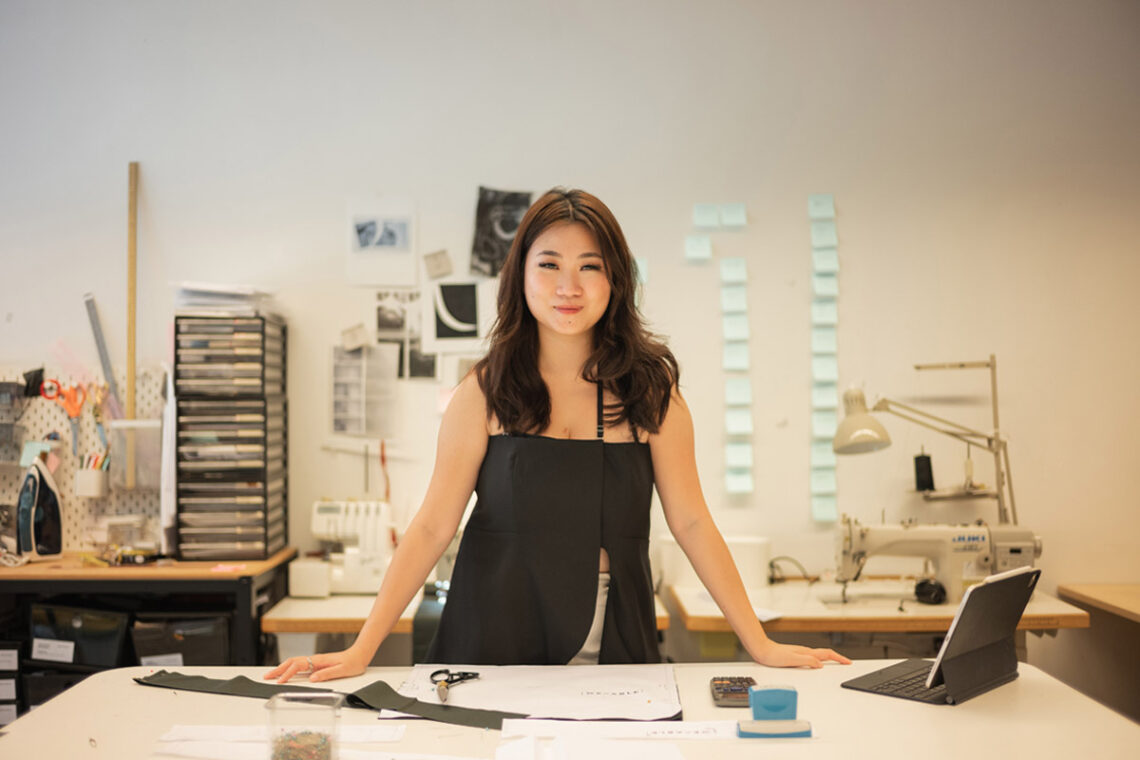
Article by Justin Zhuang.
When designing clothes for her grandmother who encountered reduced mobility after a minor stroke, Claudia Poh pretended that the garments were for someone else. This was the only way the fashion designer could convince the senior to try her creations, which were shaped to enable stroke survivors to dress themselves more easily. The encounter brought home what Poh believes is one of the biggest challenges adaptive fashion faces today.
“If you don’t have a disability, you don’t want to wear it. Even if you have a disability, you don’t want to wear it because it doesn’t look like everyone else’s clothes,” she says. “The emotional stigma attached to adaptive fashion is huge. Even when I talked about it to my grandma, she would ask, ‘Are you getting ready for when I have another stroke?’ That made me feel so bad.”
This is one of the reasons Poh launched Werable (a portmanteau of “we are able”) to design adaptive fashion that is not just easy for persons with disabilities to wear but is also as desirable as any other type of fashion. “At the end of the day, Werable should be taking what is unwearable and making it wearable,” says Poh. “My eventual goal is that adaptive fashion is not just for persons with disabilities or mobility challenges,” she adds. Rather, she envisions it as something for all of us at every stage of life.
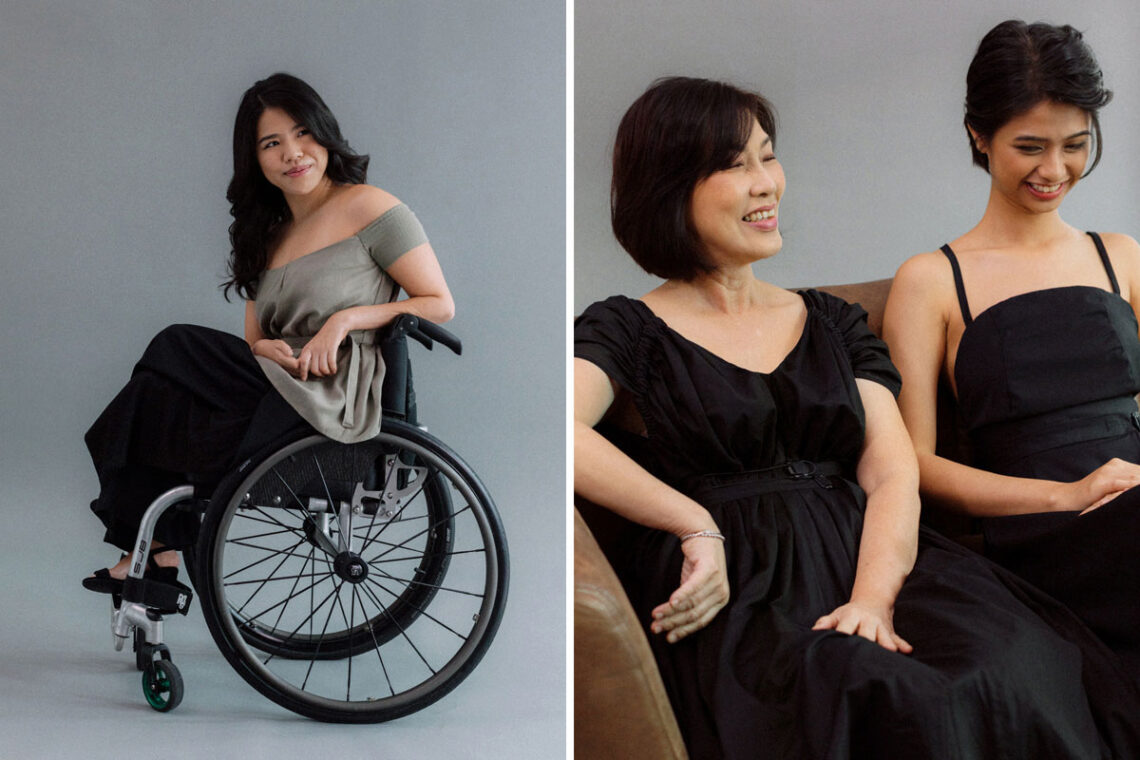
Discovering the power of fashion
Poh has been interested in clothing from a young age. When she was just 16 years old, this interest spurred her to head overseas to study fashion with the dream of one day starting her own brand. In her third year at the Parsons School of Design in New York City, she encountered adaptive fashion and found her true calling in design.
“I think about clothes as a medium that enables people to do the things we want to do. I thought clothes were supposed to be freeing… But then I realised some people didn’t have that option; clothes were preventing them from being able to go out and to work,” she says. “After I came across adaptive fashion and understood how it could change someone’s life, everything else seemed meaningless to pursue,” she reflects.
After graduating with a final-year project in 2018 that reimagined dressing experiences by applying inclusive design principles, Poh continued pursuing adaptive fashion opportunities in New York City. She soon realised that few creations made it to market despite a demand for them. When Lee Han Shih, the founder of Potato Productions, offered to fund Poh to start her own adaptive fashion brand, she returned home in 2019 to launch Werable. Potato Productions (originally a media house and now a group of companies spanning design, technology, education, entertainment, and publishing) became Werable’s parent company.

Usually, assistive devices come with manuals, whereas we are looking at streamlined dressing processes. Is it good design if someone has to walk you through each step, one by one?
— Claudia Poh
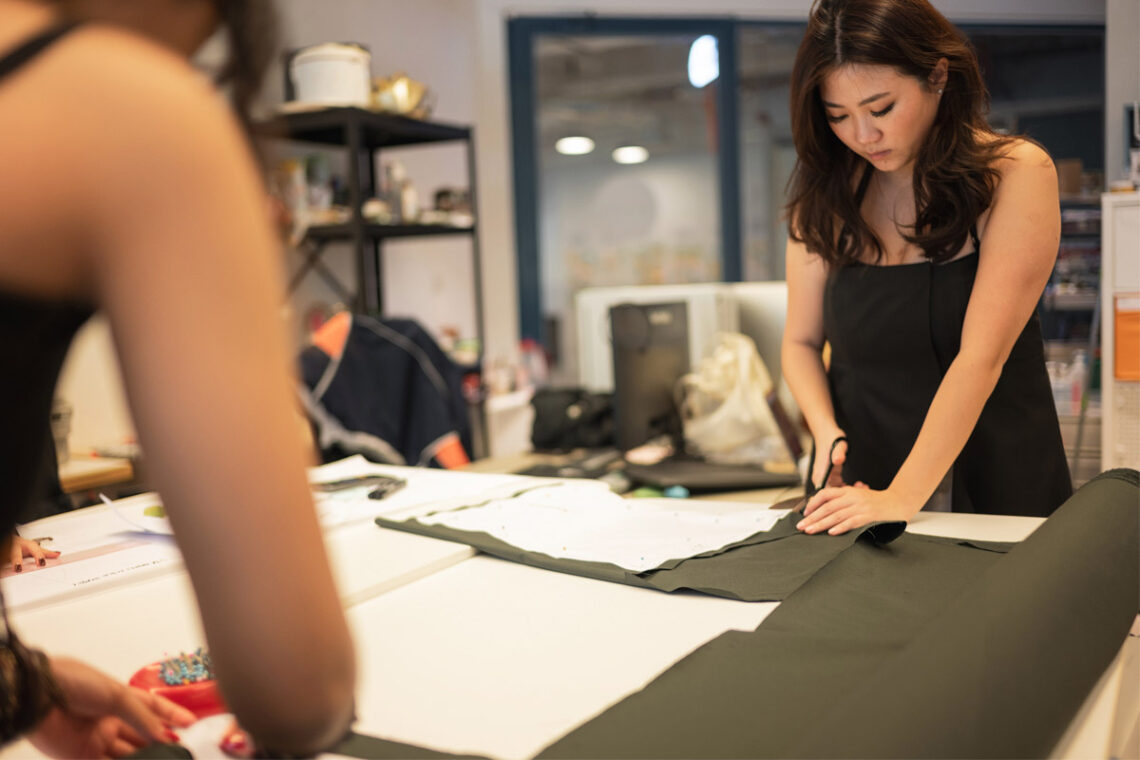
Learning how to start a fashion brand
The search for her first clients led Poh to various local initiatives for supporting design entrepreneurs. One of them was the DesignSingapore Council’s (Dsg’s) Good Design Research (GDR) programme, which she successfully applied for in 2020 to develop Werable’s pilot collection. The following year, Poh was selected for The Bridge Fashion Incubator organised by the Textile and Fashion Federation (TaFF) (since renamed the Singapore Fashion Council), which grooms fashion start-ups. She went on to clinch the incubator’s inaugural Vogue Singapore x TaFF Innovation Prize as the most innovative among her fellow participants.
The industry support from these programmes gave Poh the much-needed knowledge and confidence to grow her design business. She credits GDR, in particular, for helping her think more strategically about how Werable’s designs could meet real-world needs. Poh’s assigned mentor, the business consultant Cristina Ventura, was instrumental in pushing her to develop a business model that would be sustainable in the long term and make a greater impact with her designs.
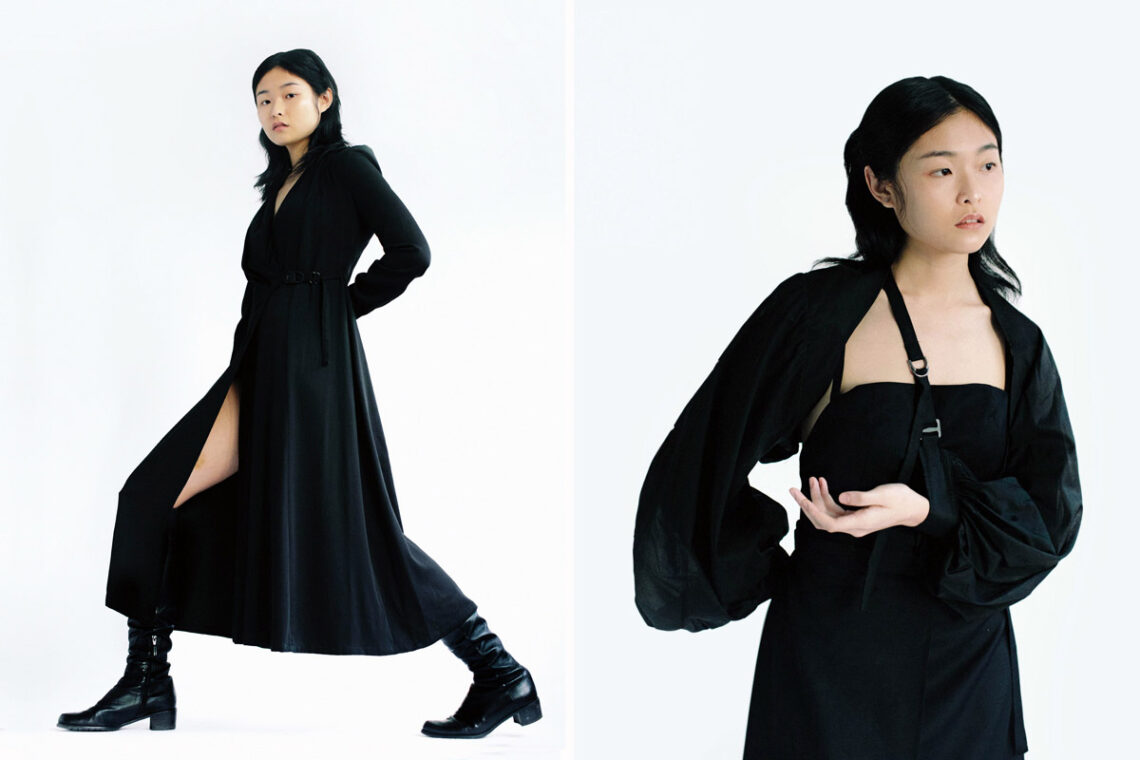
“I was so confused and lost. There were 1,001 problems to solve, and I didn’t know which was the most important,” she recalls. “GDR helped me recognise the different stakeholders in the ecosystem and think more broadly about my project. As a designer we are often so focused on the product, but we don’t think about what happens when it goes out into the world,” she adds.

Why are we spending all this time on this small detail when we need to figure out if the product will exist well in its ecosystem? It’s about context, and Dsg has constantly reminded me of that.
— Claudia Poh
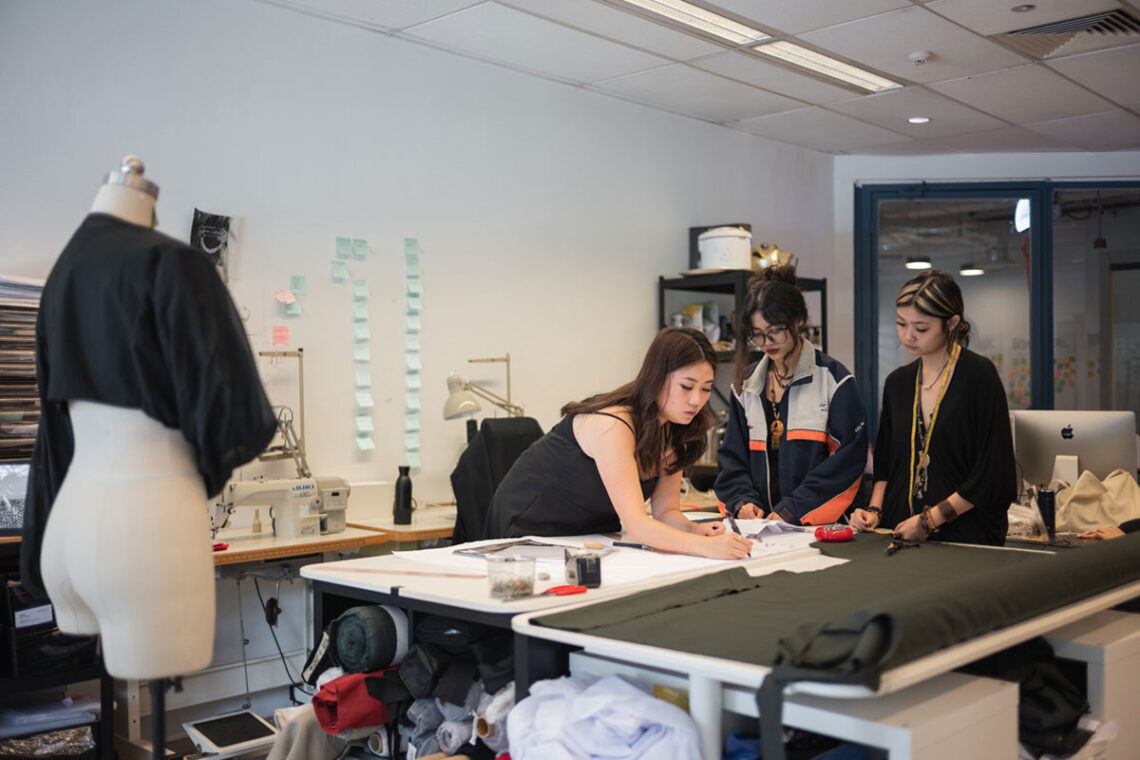
Reframing adaptive fashion
In June 2022, Werable launched its inaugural collection at the National Design Centre. The dresses, tops, and bottoms for women could fit right into any stylish boutique, but each piece was developed with patients and occupational therapists from the Stroke Support Station. The collection was designed with features that help stroke survivors dress independently, such as magnetic closures instead of buttons, and easy-grip ring zippers. The collection also featured pieces designed to be put on and taken off with one hand. Through the collaborative process, Poh gained a deeper appreciation for how design can integrate diverse needs in healthcare.
“Occupational therapists, doctors, caregivers, and patients have different priorities. As a designer, I navigate through the conversations among all these different stakeholders, diagnose the problems, and offer solutions,” she says. Among her top priorities are comfort and how quickly someone is able to put on one of her garments. Alongside these wearability considerations is the goal of elevating self confidence and the wearer’s sense of dignity and agency.

Besides designing the garments, Poh spent considerable time curating how they were presented in a bid to overcome the stigma associated with adaptive fashion. She invited a diverse group to model the clothes, ranging from professional models to stroke survivors, and even held an open call for able-bodied members of the public to take part. Paralympic swimmer Yip Pin Xiu also participated in the photoshoot.
Poh subsequently worked with Yip to design Werable’s next collection for the 2022 edition of the Singapore Stories fashion design competition organised by TaFF. Titled It’s Only in Water I Can Move Freely, the designs featured flowy silhouettes and shapes that celebrated Yip’s love for water and the freedom it enables.

Adaptive fashion for all
Werable’s efforts to reframe adaptive fashion have certainly paid off, as the majority of its sales have been to able-bodied persons, says Poh. The brand remains committed to making fashion more inclusive for those who need it most and continues exploring how this community can gain better access to its designs. One way is through collaborations with healthcare service providers.
After a hospital approached Werable to develop catheter pants for its male patients, Poh successfully applied for a GDR grant again in 2023 to develop a solution she hopes to be able to commercialise. Having her own intellectual property will allow Werable to grow more sustainably as a business.
Another issue close to Poh’s heart is finding the means to make adaptive fashion more accessible to the masses. She was reminded of this promise made to her investor after witnessing how Werable was received at a community event. “The old folks did not want to take our catalogue because they thought they had to pay. It looked too nice!” she says. “In our pursuit of wanting to make nice design, we’ve alienated people, so I began thinking of how we can be more approachable.”
This led to Werable’s latest service where customers can send in their existing clothes for altering and adapting to their different needs. “I don’t have to mass-produce a tonne of stuff that might not sell, and I don’t have to figure out whether people like the style and colour of our designs,” she explains. “It’s a way to close the gap on price,” she adds.

Beyond adapting, toward enhancing
While it has barely been three years since the launch of Werable, Poh has had much to reflect on in her journey to find better outcomes for adaptive fashion. For her, doing so means creating with intentionality, and requires one to not make assumptions but instead research and understand how people live.
The desire for convenient solutions is why approaches such as adaptive fashion and universal design, which require more engagement with users, have been ignored for so long, suggests Poh. As a result, many things in the world are not accessible by design and have to be redeveloped with changes in the population, such as ageing.

What we’ve done as a society is to ignore accessibility and think of it as a subset of problems that are not in the forefront of our minds. But it is going to catch up.
— Claudia Poh
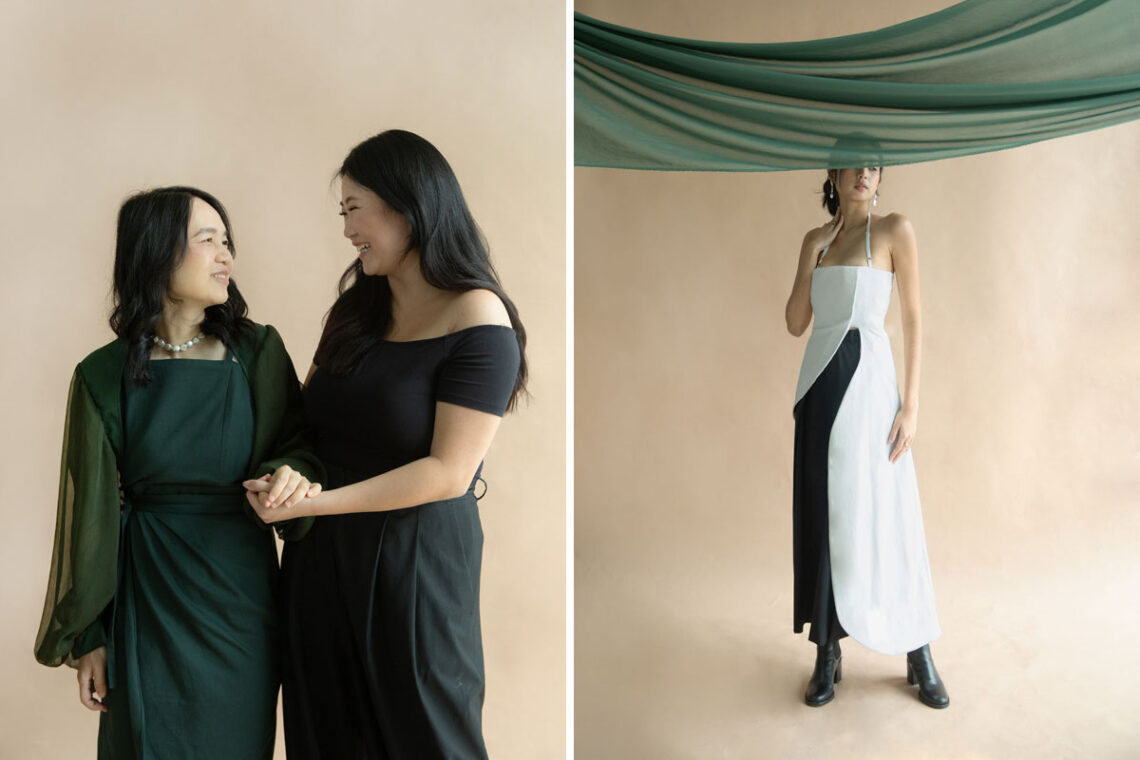
Beyond helping to create a more inclusive world, Poh believes adaptive fashion should also be seen as an opportunity for all of us to reimagine our bodies. She points to how advances in prosthetic limb designs have enabled amputees to sprint faster and even surpass the Olympics qualifying standards for able-bodied people.
“What if adaptive fashion did not exist just to help persons with disabilities do what able-bodied people could? What if it did more?” she asks. “These are really exciting conversations because you are a heartbeat away from understanding what people want and how we can enable that through clothing.”
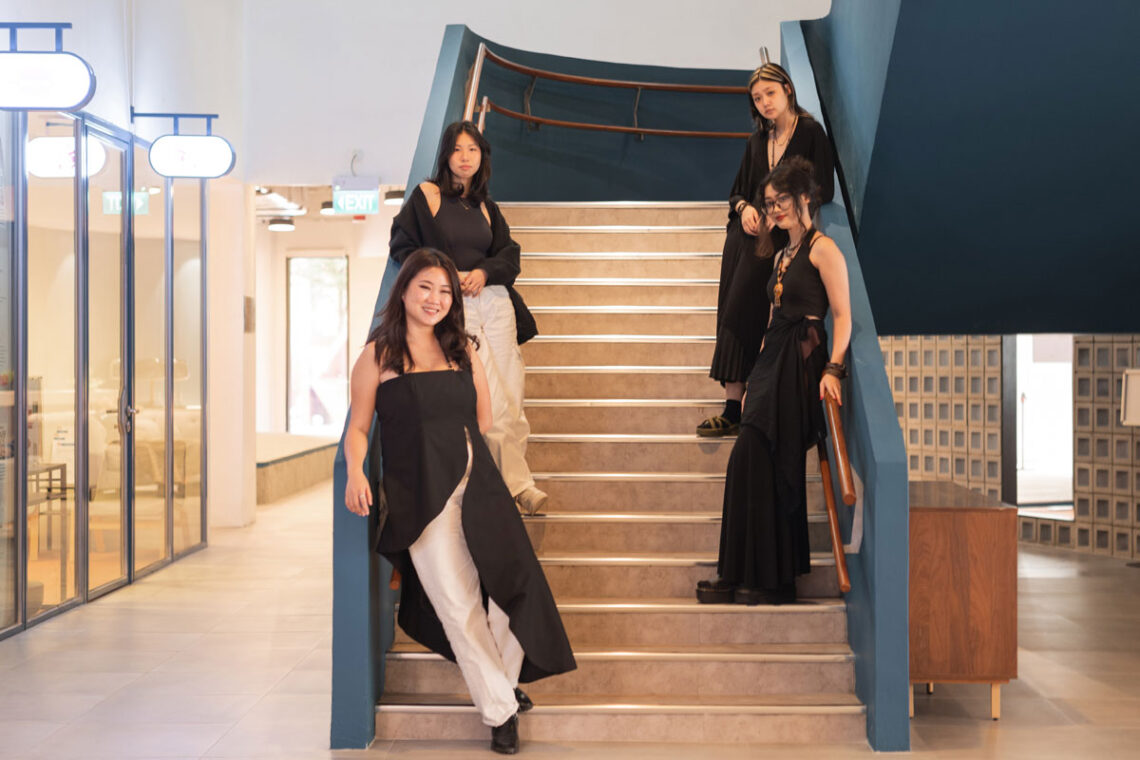
Read our unfolding series of stories on creative discovery and making life in Singapore ‘Better by Design’.






